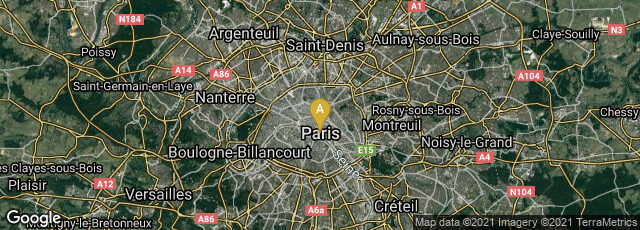

A: Paris, Île-de-France, France
In 1870 French telegraph engineer Émile Baudot invented the Baudot code, a character set predating EDCDIC and ASCII, which has been called the first means of digital communication. In Baudot's code each character in the alphabet is represented by a series of bits sent over a communication channel. The symbol rate measurement (symbols per second or pulses per second) is known as baud in Baudot's honor.
"Baudot invented his original code during 1870 and patented it during 1874. It was a 5-bit code, with equal on and off intervals, which allowed telegraph transmission of the Roman alphabet and punctuation and control signals. It was based on an earlier code developed by Carl Friedrich Gauss and Wilhelm Weber in 1834.
"Baudot's original code was adapted to be sent from a manual keyboard, and no teleprinter equipment was ever constructed that used it in its original form. The code was entered on a keyboard which had just five piano type keys, operated with two fingers of the left hand and three fingers of the right hand. Once the keys had been pressed they were locked down until mechanical contacts in a distributor unit passed over the sector connected to that particular keyboard, when the keyboard was unlocked ready for the next character to be entered, with an audible click (known as the "cadence signal") to warn the operator. Operators had to maintain a steady rhythm, and the usual speed of operation was 30 words per minute." (Wikipedia article on Baudot code, accessed 12-22-2011).